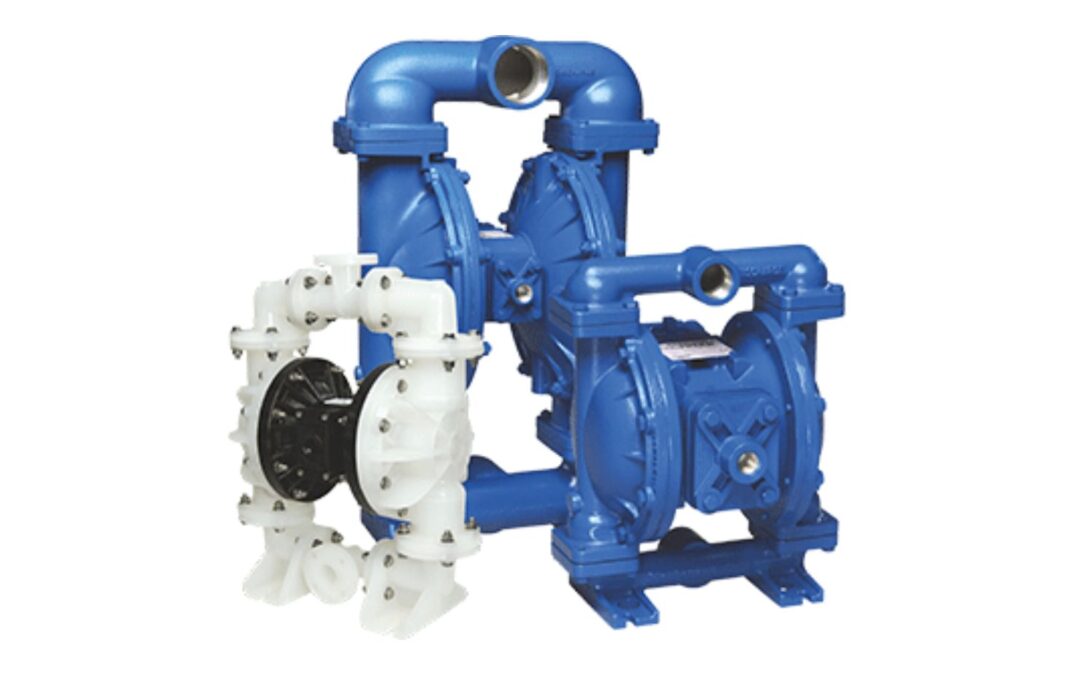What is a pneumatic pump?
A pneumatic air pump operates by harnessing pressurised gas or air to facilitate the movement of various media. Typically powered by compressed inert gases or compressed air, examples of such pumps include the familiar bicycle pump, devices employed to aerate aquariums or ponds using an airstone, gas compressors driving pneumatic tools, air horns, bellows for stoking fires, vacuum cleaners, and vacuum pumps. Essential to all air pumps is a movable component, such as a vane, piston, impeller, or diaphragm, that propels the airflow. The movement creates an area of low pressure, which is subsequently replenished by more air. Frequently adopting a positive displacement design without a return spring, pneumatic pumps can utilise various pressurised gases or fluids as drivers. The inception of the air pump spurred the development of the vacuum pump and the vacuum tube, triggering advancements in diverse fields. Vacuum pumps play a crucial role in manufacturing light bulbs, facilitating the freeze-drying process in the medical, food, and biological sectors, as well as contributing to the atomic energy industry. The utilisation of compressed air has enhanced the efficiency of pneumatic tools, playing a pivotal role in the growth of urban centres through construction processes.
Exploring the Diverse Applications of Pneumatic Pumps: Where are pneumatic pumps used?
Pneumatic pumps stand out as indispensable components across a diverse array of industries owing to their remarkable versatility and efficiency. Specifically engineered for the rigorous demands of oil and gas production, these pumps also find integral applications in sectors such as the pulp and paper industry, fertiliser dosing, water treatment processes, food processing, chemical industry, textile industry, paper industry, and petrochemical industry. Pneumatic systems play crucial roles in the automotive industry, being employed in braking systems for automobiles, railway coaches, waggons, and printing presses. Metal-forming processes, material handling equipment, and logic-controlling operations also benefit significantly from the reliability and efficiency of pneumatic systems. These applications merely scratch the surface, as the utility of pneumatic pumps extends wherever a dependable, efficient, and versatile pumping solution is required across diverse industrial landscapes.
What is the principle of air pump?
The fundamental principle underlying air pumps relies on the generation of a low-pressure zone, accomplished by the dynamic movement of components such as valves, pistons, impellers, or diaphragms. This motion propels the airflow, creating a subsequent area of low pressure that is promptly replenished by additional air. Air pumps come in various types, including motors, voice coil motors (electromagnetic), and piezoelectric variants. Utilizing a valve to separate suction and discharge, these pumps repetitively draw in and expel air through the reciprocating motion of a diaphragm driven by a power source like a motor or piezoelectric mechanism. In the realm of pneumatic systems, this foundational principle serves to generate and regulate the flow of compressed air, which, in turn, powers an array of tools and equipment. An illustrative example is the airlift pump, where compressed air, often generated by a compressor or blower, is injected into the lower section of a pipe conveying liquid. Leveraging buoyancy, the lower-density air rises rapidly, facilitating the movement of the liquid. This inherent principle endows pneumatic systems with high versatility and efficiency, rendering them well-suited for diverse applications across various industries.
Examining the Unique Features of Pneumatic Pumps
Pneumatic pumps exhibit a set of distinctive features that underscore their effectiveness and versatility across a broad spectrum of applications. Operating primarily on a diaphragm design, these air-powered fluid pumps utilise a flexible diaphragm that executes a back-and-forth movement, generating a pumping action. Pneumatic pumps often boast self-priming capabilities, enabling them to draw in fluid even when the pump is not entirely filled with the liquid. Their adaptability extends to handling fluids with diverse viscosities, including those containing solid particles or abrasive materials. An advantageous aspect lies in their lower total cost of ownership compared to traditional pumps, attributed to their reliance on pressurised air for operation. Recognised for reduced energy consumption, pneumatic pumps further stand out for their versatility and affordability, particularly in applications such as braking systems and pressure sensors. Pneumatic systems also offer controlled force, irrespective of stroke or load resistance. Adding to their appeal is the ease of installation and maintenance, with pneumatic systems presenting a less complicated setup and lower maintenance costs. These cumulative features contribute to the widespread adoption of pneumatic pumps across diverse industries.
IDEX : The leading pneumatic air pump manufacturer
IDEX India, through its Sandpiper brand, presents a range of standard-duty air-operated double diaphragm (AODD) pumps, ideally tailored for intermittent or on-demand usage with portable configurations, effectively handling moderately abrasive fluids and suspended solids. The incorporation of the ESADS (Externally Serviceable Air Distribution System) facilitates the straightforward replacement of air valve assemblies without the need to remove the pump from the line.
Conclusion
Pneumatic pumps serve as indispensable workhorses across a myriad of industries, leveraging the power of compressed air to efficiently and reliably move fluids in diverse applications. The fundamental principle of creating low-pressure zones through the dynamic movement of diaphragms or other components underscores the versatility and effectiveness of these pumps. From oil and gas production to water treatment, chemical processing, automotive systems, and beyond, pneumatic pumps play a pivotal role in ensuring fluid transfer and control. With distinctive features such as self-priming capabilities, adaptability to varying viscosities, and cost-effectiveness, these pumps find favour in applications where reliability, efficiency, and ease of maintenance are paramount. As a leading manufacturer, IDEX India’s Sandpiper brand exemplifies excellence in the pneumatic pump domain, offering tailored solutions that meet the diverse needs of industries while upholding standards of performance, durability, and serviceability.
